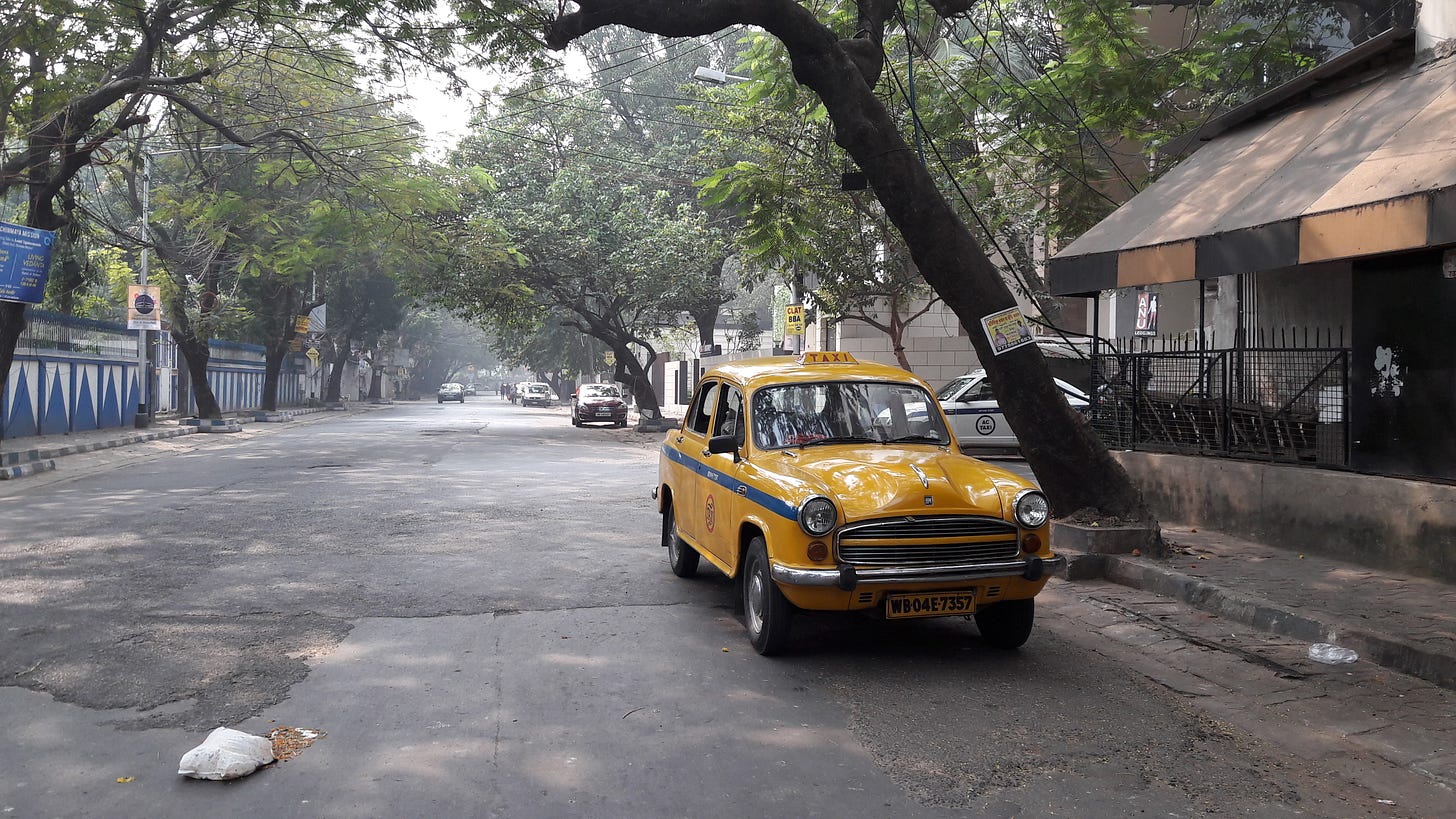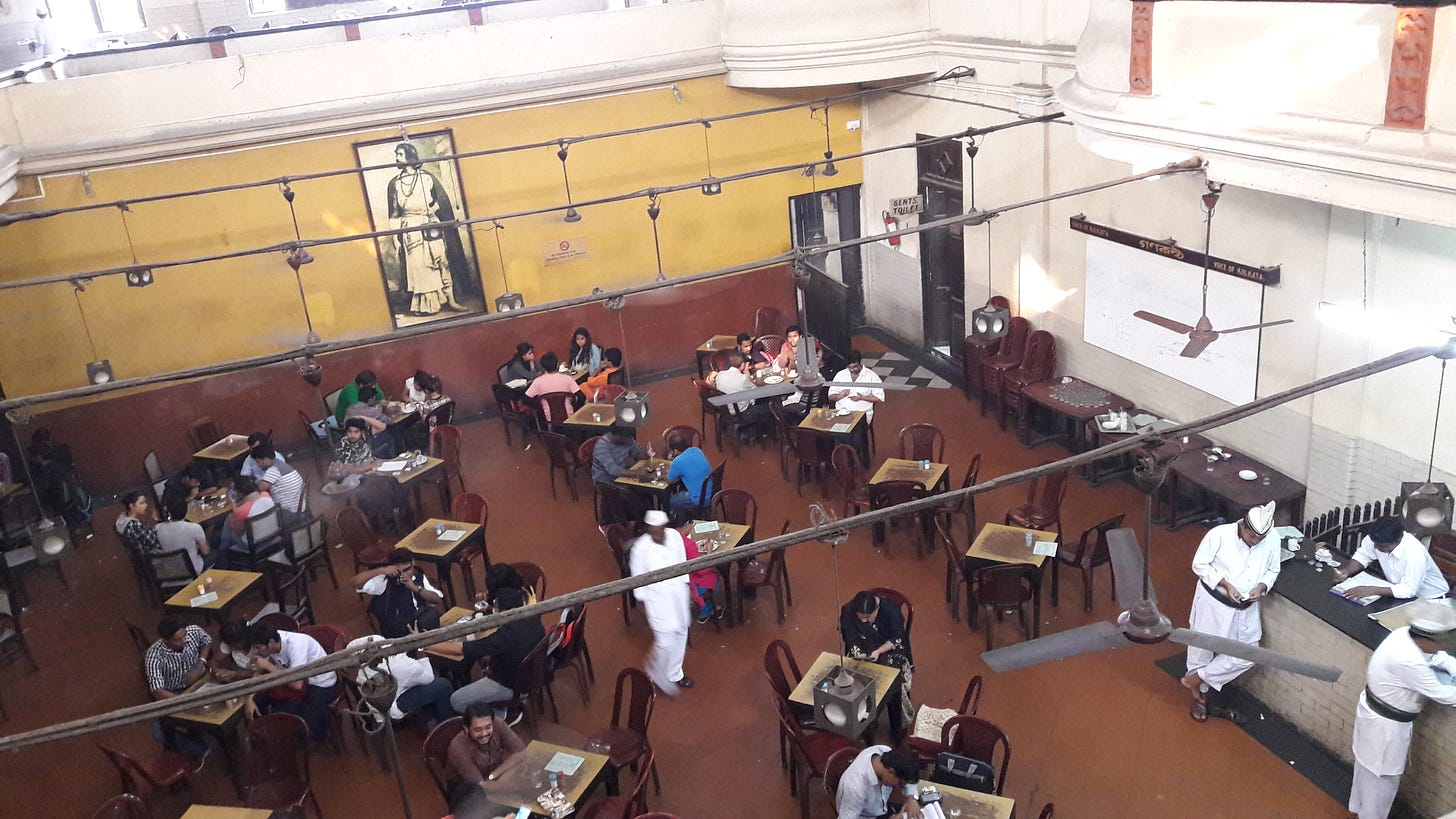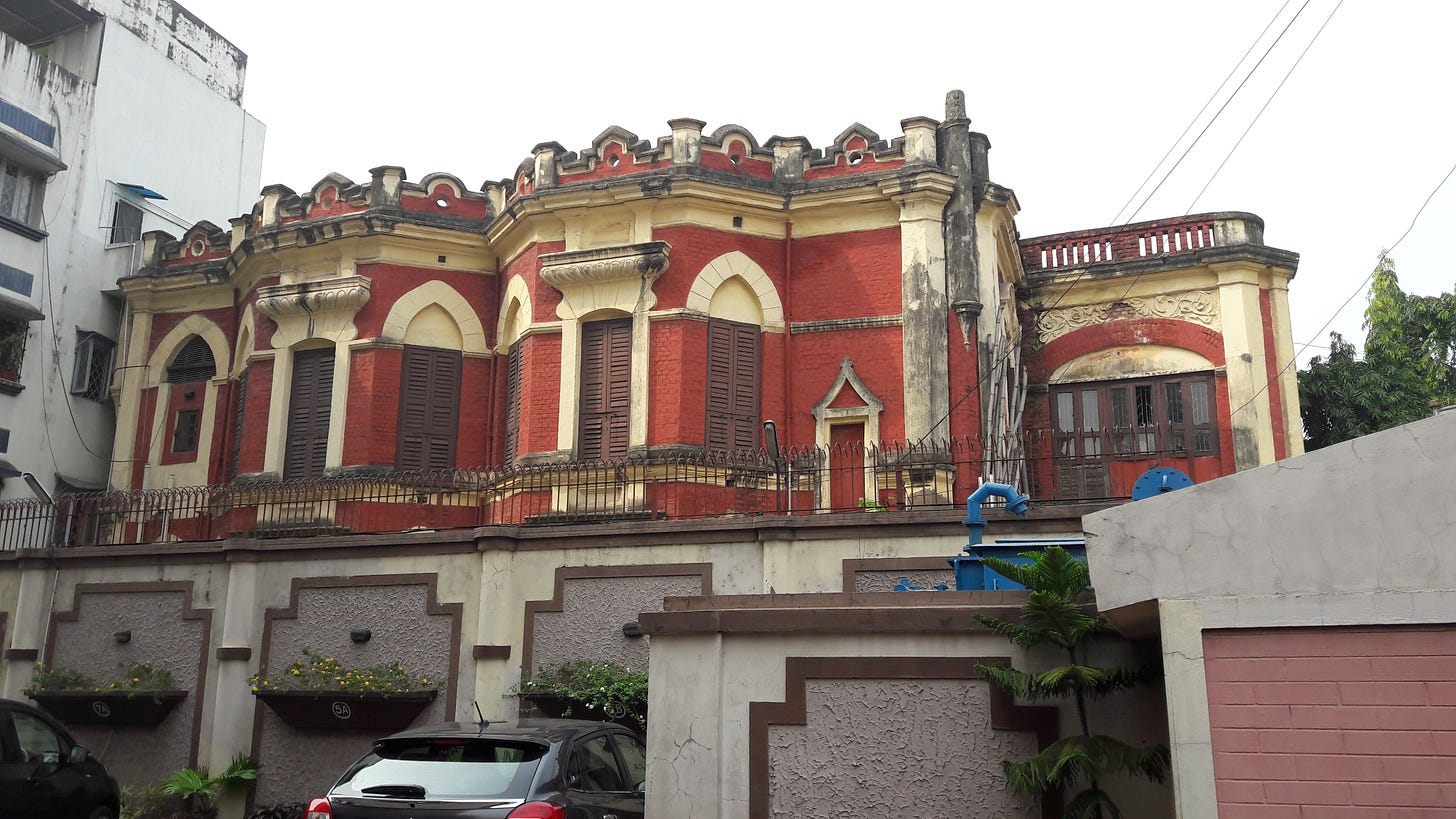AN Rx IN BENGALI
A novel about several generations of doctors in a family recounts the early struggles around infectious diseases and the practice of medicine in the 19th and early 20th century Calcutta.

A few weeks ago, I listened to a discussion between translators Jenny Bhatt and N. Kalyan Raman on the Desi Books podcast. Something Raman said in that discussion really resonated with me when I began reading A BALLAD OF REMITTENT FEVER by Ashoke Mukhopadhyay. Kalyan Raman remarked that he was selective about the Tamil works he translated and pointed out the reasons for his curation.
“I would like whatever I do to endure or to have reasons to endure, you know? So I generally look for works that have something new to say or something new to reveal and which are of enduring value to a particular milieu.” ~~~ N. Kalyan Raman in conversation with Jenny Bhat, Desi Books.
For literature to endure, it must inform, entertain and move whatever that milieu and the narrative itself must matter to our lives in the universe in contemporary times. A BALLAD OF REMITTENT FEVER gives us glimpses, during several decades, of the family of Dr. Dwarikanath Ghoshal, a brilliant doctor and surgeon born in the end of the 19th century. We are privy to the mores and beliefs of traditional Bengali families even as the city of Calcutta is trying to stanch the spread of deadly diseases such as the plague, cholera, typhoid, malaria, tuberculosis, Spanish flu, and kala-azar. It’s a time when quacks abound, just as superstitions also multiply around disease and death. It’s an unusual time when experts in Allopathy, Ayurveda and Homeopathy actually meet to debate treatment and cure as envisaged by ancient Indian physicians who made significant contributions to the field of Ayurveda.As we barrel through the 300 pages we realize that this is also a fiery love story that will never end.

The novel is also a delightful compendium of facts from medical history of the last many hundred years. I learned that in England, unlike the privileged classes, “barber surgeons” did not flee to the countryside (or abroad) when epidemics struck. They were the ones left behind to care for pregnant women, and in 1540, the king of England passed a law merging the Fellowship of Surgeons and the Barber’s Company.
“The Barber’s Company had registered itself nearly thirty-five years earlier, in 1505. They were the first to secure permission in England to dissect the dead body of a hanged convict every year. Be that as it may, the union of surgeons and barbers that King Henry VIII had brought about was dissolved subsequently in 1695 in Edinburgh, and in 1745 in England. In 1800, the Royal College of Surgeons was established in London.”
The arcane medical information strewn across this gripping book will make doctors want to call their colleagues about the existence of such a work. For all those practitioners of modern medicine, this is a record of the many strides in medicine, with a particular eye to the developments in the Bengal presidency while the city of Calcutta was the capital of British India (from 1772 to 1911).

What I enjoyed about this work was also Mukhopadhyay’s ability to weave in historical details about India’s ancient Ayurveda (the science of life) juxtaposed against the developments in allopathy. A BALLAD OF REMITTENT FEVER reminds readers that Ayurveda offered answers where sometimes allopathy would not.
If India could claim a system of medicine as its own, it had to be Ayurveda. Its eight branches were devoted to internal medicine, surgery, probes, pediatrics, toxicology, psychosomatics, rejuvenation, and sexual medicine. Developed in the Vedic Age, it had found widespread use in the Brahmanic period. Research in the discipline had gathered momentum even earlier, in the time of the Gautama Buddha, and had become particularly enriched in the Brahmanic era.
The book quotes verses from Sushruta Samhita and suggests that an entire system of ancient learning cannot be forgotten, that it must be revived and practiced alongside modern day medicine. Even as I wondered about how much the study and practice of Ayurveda may have suffered during the Raj, I found a passage on how, during extreme anarchy following the rise of the Mughals in Bengal and repeated invasions by the Maratha warriors, some centers of education actually tried to keep the study and practice of Ayurveda alive.
Dwarikanath was aware of this history. He also knew that Ayurvedic studies at the Sanskrit College were closed from 1 February 1835 under an order from William Bentinck. Ayurveda was not to be allowed at any government institution. Disappointed and humiliated, Ayurveda practitioners had been trying since then to band together and strengthen their position.
As I read through the stories of every generation, I was reminded of our recent encounter with Covid-19, at a time we had assumed that there was no virus of the potency of, say, small pox, that would again inspire terror around the globe. The challenges faced by doctors and “essential workers” all around the world during Covid-19 is clearly spelt out in this fascinating book of linked stories.

Here, too, we encounter a coterie of those who are against vaccination. Even though the smallpox vaccine had been developed years before, the novel’s protagonist Dr. Dwarikanath is frustrated by groups in Calcutta that are unwilling to get themselves vaccinated. It’s obvious that the more things evolve, the more they do not, especially with regard to the human capacity for intransigence and rebellion.
What also probably has not changed all that much—though marriage between races in the last many hundred years has altered the balance—is the girth of human beings of a particular community. Dwarikanath tells us about the smaller size of the average Indian woman’s pelvis.
“After all, the pelvis of the average Indian woman is seven-eights the size of the British woman’s, and the average weight at birth of her baby is also six-sevenths that of a British baby. Besides, the head of the baby is smaller.”
I found A BALLAD OF REMITTENT FEVER to be a riveting exposé not just of the world of medicine but also of the everyday miracles performed by family physicians in dire circumstances even when confronted by minimal resources.
Originally published in the Bengali as Abiram Jwarer Roopkatha, this novel took me to a whole other world of medicine untainted by capitalism, when medical science was practiced as a service to humanity than as a business buttressing a conglomerate’s bottom line.
Many passages are intensely moving. While thinking about an old man who had lost his son in the war, the narrator introspects about how the statistics of war never factor in the tragedies of those who were not fatally or otherwise injured on the battlefield. He laments that the field of medicine is as yet unable to address the mental decline of those :”vicariously” traumatized by war.
“Attempts are made to nurse those who are injured, halfway to death, back to health, often with the help of their families—this too is evident. But what have we done for those who, like the old man I saw at the railway siding, have lost their sanity from the psychological effects impact of war? We keep records of the dead and the injured, but where in the annals is there mention of those who have lost their mental equilibrium?”




How fascinating to see debates between Ayurveda and allopathy historically approached. This sounds like a book to place in bookstores of modern naturopathic colleges. Lovely photos, as always.
Kal! Beautifully written. I am learning new every week reading your sub stack. Love your writing style!